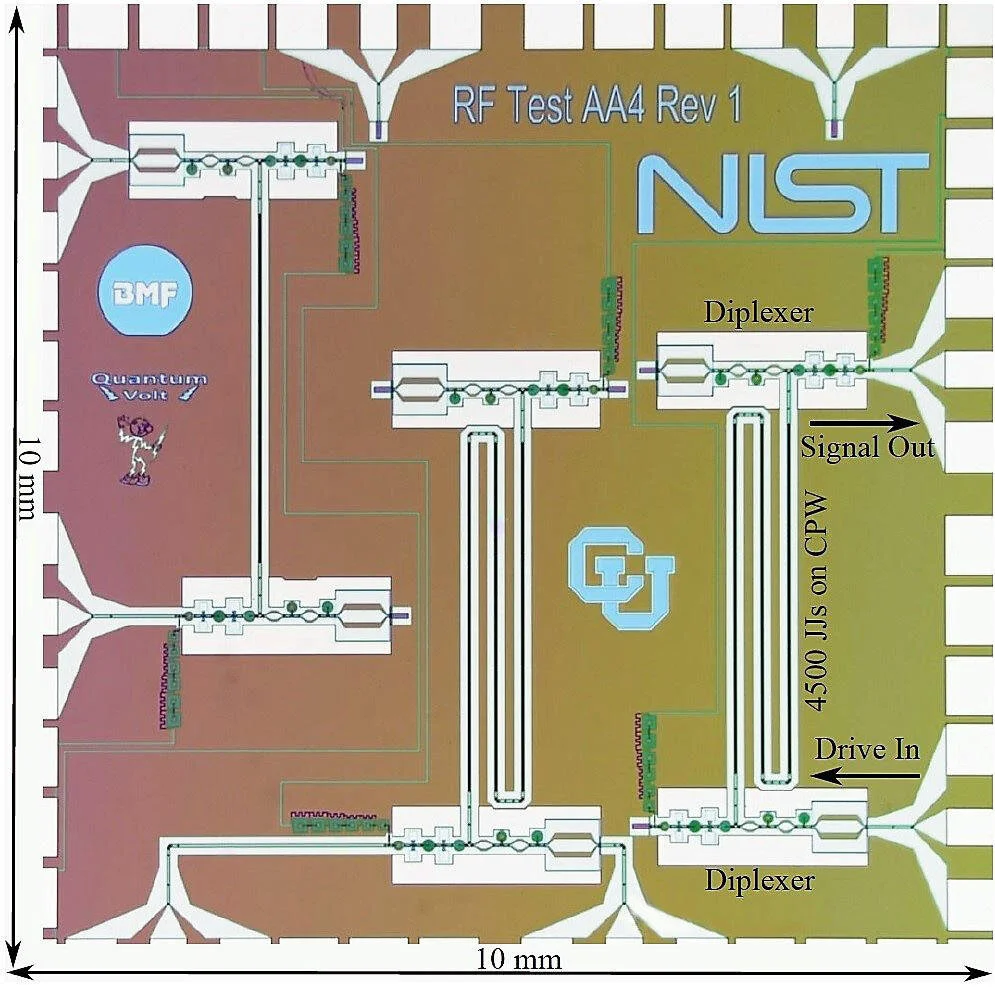Many types of metrology and radio communications equipment use devices called signal synthesizers. And the more stable the signal they produce, the closer its true form will be to the ideal, the more accurate measurements can be made with its help, or a greater amount of information can be transmitted and received. However, the higher the quality of the work provided by the frequency synthesizer, the more complex its scheme applied on conventional electronic components. In addition, such synthesizers require constant calibration and recalibration to compensate for the effect of temperature changes.
But recently, researchers from the American National Institute of Standards and Technology (NIST), together with scientists from the University of Colorado at Boulder, created the first-of-its-kind quantum frequency synthesizer that produces a signal with a higher power. -30 dBm, characteristics as close to ideal as possible.
The programmable quantum synthesizer created by the researchers can generate a signal in the microwave range. Waveform accuracy is 22 mV RMS at 1005 GHz. This accuracy exceeds the accuracy of the best frequency synthesizers available by up to 25 percent. The synthesizer itself is a 10 by 10 millimeter integrated circuit with 4500 Josephson connections on it, cooled to 4 Kelvin. All these transitions are connected to the circuit of the RF-JAWS generator (RF Josephson arbitrary waveform synthesizer), which is connected to four diplexing devices consisting of several superconducting elements.
The measurements showed that the generated synthesizer and the calculation of the use of quantum phenomena can produce a signal of almost ideal shape with a given amplitude and frequency. And this work was carried out within the framework of the NIST supervised program, the purpose of which is the wide application of quantum technologies in various equipment and the creation of relevant new standards.













